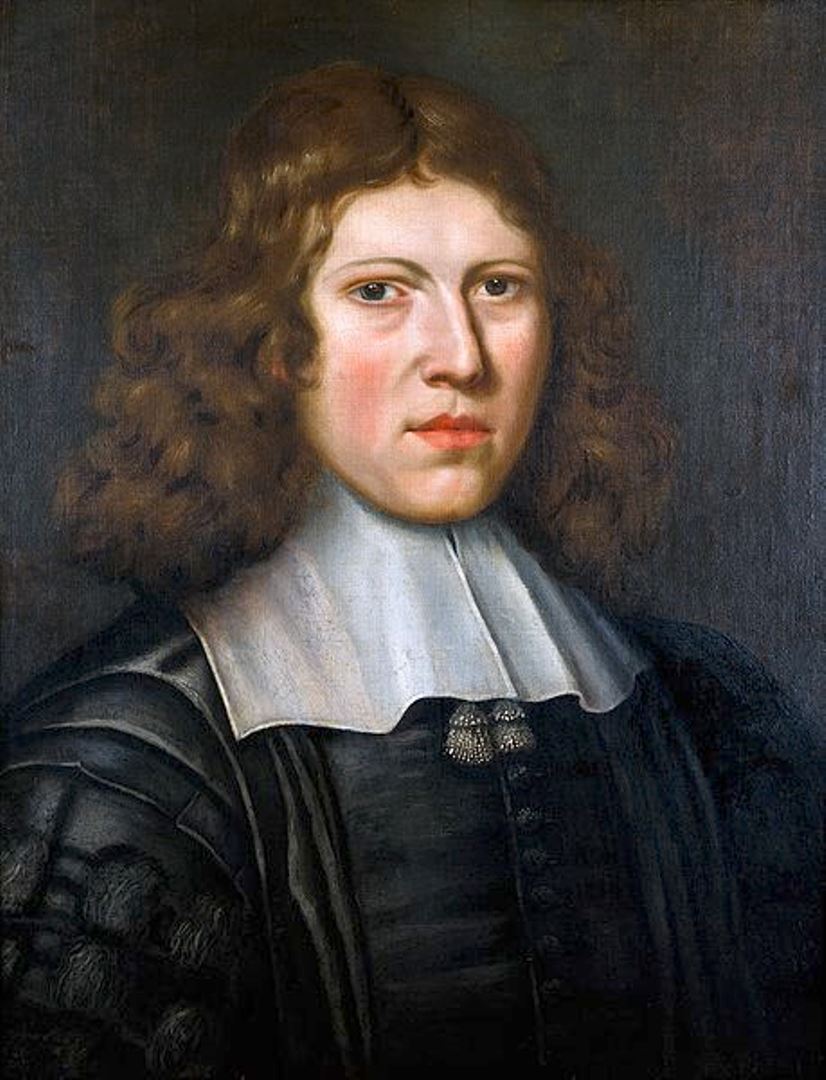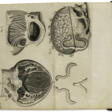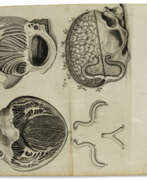Richard Lower (1631 - 1691)

Richard Lower
Richard Lower was a British physician, anatomist and physiologist who developed methods of blood transfusion.
Lower studied medicine at Oxford, moved to London in 1666 and began practicing medicine, soon becoming a successful physician and a Fellow of the Royal Society. Lower is particularly known for his work on the brain and nerves, which he performed as an assistant to Thomas Willis at Oxford while studying medicine. His anatomical and physiological study of the structure and action of the heart was one of the earliest discoveries, and he himself was recognized as one of the most skilled vivisectors of his time.
Lower was involved in the earliest experiments in blood transfusion, following Christopher Wren's similar studies a few years earlier. In February 1665, Lowther performed the first transfusion of blood from an artery of one animal into a vein of another, and in 1666 he also participated in the first experimental transfusion of blood to man.
Lower was a pioneer of experimental physiology. In his book Tractatus de Corde (1669), he described his pioneering work on blood transfusion and the function of the cardiopulmonary system. Also described is a series of experiments conducted with Robert Hooke in which he showed that the color of arterial blood is due to its contact with "fresh air" in the lungs.
| Date and place of birt: | 1631, County of Cornwall, United Kingdom |
|---|---|
| Date and place of death: | 17 january 1691, London, United Kingdom |
| Period of activity: | XVII century |
| Specialization: | Anatomist, Doctor |


